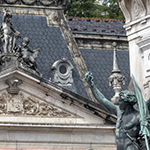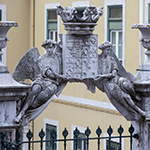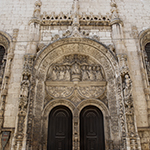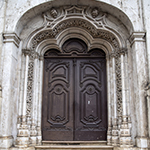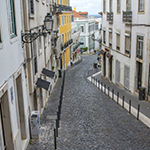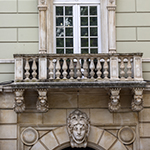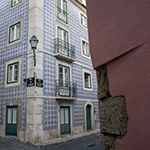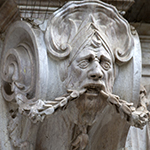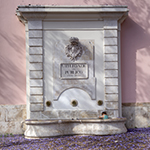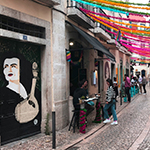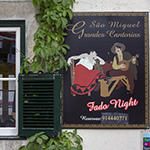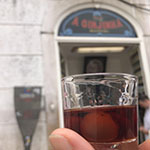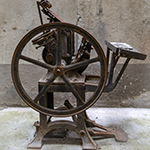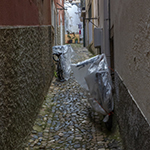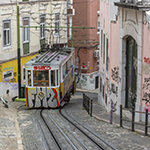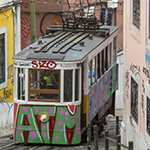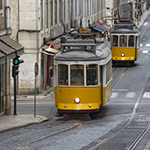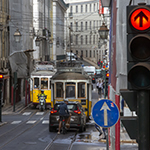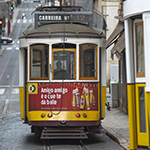|
INTRODUCTION TO GALLERY
Press Esc to close
INTRODUCTION TO LISBON & SINTRA GALLERY What has drawn Celtic tribes, Phoenicians, Greeks, Carthaginians, Romans, Visigoths, and Moors to Lisbon is its value as a port on the Iberian Peninsula. This importance is etched in centuries old reliefs of ships on the Alfama district’s walls, mermaids adorning the water fountains at Rossio, a small detail from a tiled mural at Campo de Santa Clara, the reproduction of a cartoon about two sailors fighting over a fado singer in the Mouraria (the Moorish quarter), and mermen at Palácio da Pena and Quinta da Regaleira in nearby Sintra. While Lisbon is visibly the poorer cousin of the capitals of Western Europe, it’s a culture and artistic beauty to behold, nonetheless. Visitors are first rewarded by Lisbon’s hilly topography with its many miradouros (viewpoints). the Moorish and Christian periods are indelibly present in Lisbon’s landscape. Lisbon’s tile walls date from at least the Moorish period. Lisbon is known for its azulejos (from the Arabic al-zillij), glazed blue ceramic tiles, which when combined on a wall usually depict narrative scenes, but Lisbon’s buildings exteriors are often clad in tiles, each one with a unique pattern and color of its own. Lisbon’s architecture dates back before the Construction of Santa Maria Maior de Lisboa, or Sé de Lisboa after the Moors who had ruled over the city for 4 centuries were vanquished by the Christians. Nearby there are ruins of a Roman bath and theater. Up the hill from this church, actually known as the Cathedral Of Lisbon, is Castelo de São Jorge, which was built by the Moors between the 10th and mid-11th centuries. Further afield in the district of Belém, you’ll find Mosteiro dos Jerónimos where Vasco da Gama is interned, and Torre de São Vicente or Torre de Belém (Tower of Belém) both of which date from the 16th century. In 1755 the Great Lisbon Earthquake destroyed much of the city, but many buildings were rebuilt or restored afterwards. Historic treasures not directly related to its religious past and which I tried to capture in the attached pictures include Lisbon’s small trams, funiculars, calçada portuguesa (cobblestone) sidewalks and streets, the tiled-wall buildings, Art Nouveau architectural facades, and its music of fado which brings out the beauty of the Portuguese language in songs of love and lament. Finally, this gallery includes images from the UNESCO World Heritage Site of Sintra.
|
||||||||
